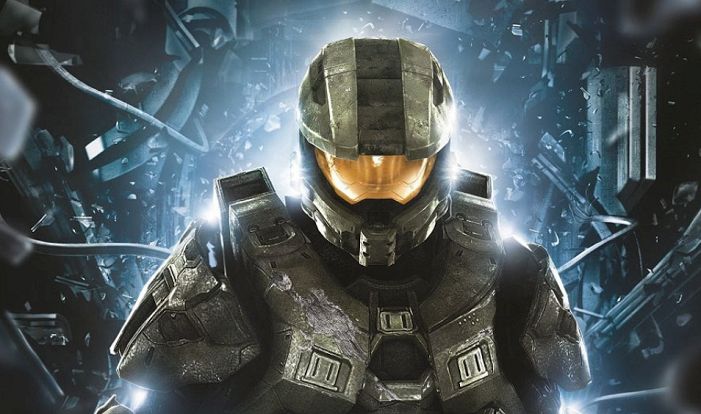Halo (2003) game icons banners: What you need to know?

Greetings, Halo enthusiasts! Join me as we journey back to 2001 when Bungie Studios introduced the gaming world to “Halo: Combat Evolved,” a groundbreaking first-person shooter that redefined the genre. In this exploration, we’ll delve into the intricacies of Halo (2003)’s iconic game icons and banners, celebrating their impact on both visual design and gaming culture.
Introduction to Halo (2003) and Its Visual Identity
Halo: Combat Evolved, released in 2001 for the Xbox console and later for PC, transported players into a richly imagined universe teeming with alien worlds, advanced technology, and intense combat scenarios. Two years after its initial release, the game made its mark with Halo (2003), solidifying its place in gaming history. At the heart of Halo (2003)’s visual identity are its meticulously crafted icons and banners. These elements not only served practical functions within the game but also contributed significantly to its aesthetic appeal and immersive experience.
Understanding Game Icons: Function and Design
Game icons in Halo (2003) are graphical representations used throughout the user interface to denote various in-game elements such as weapons, vehicles, and equipment. Each icon is designed to be instantly recognizable, ensuring that players can quickly identify and interact with these elements during gameplay. The design philosophy behind Halo (2003)’s icons emphasizes clarity and functionality. Icons are often minimalist in style, featuring bold shapes and distinct colors to stand out against the game’s dynamic environments. For instance, weapons like the iconic Assault Rifle and Plasma Pistol each have their own unique icon, reflecting their distinct roles and characteristics in combat. Moreover, the consistency in icon design across different iterations of Halo games helps maintain a cohesive visual language, allowing players to easily transition between titles while maintaining familiarity with core gameplay mechanics.
Evolution of Banners: From Artwork to Narrative Tool
In addition to game icons, banners play a crucial role in Halo (2003)’s visual storytelling and promotional strategy. Banners are larger graphical elements typically used in loading screens, promotional materials, and multiplayer interfaces to convey key themes, artwork, and narrative elements associated with the game. During Halo (2003)’s development and marketing, banners featuring the game’s protagonist, Master Chief, became iconic symbols of the franchise. These banners often depict Master Chief in dynamic poses, surrounded by futuristic landscapes or engaging in combat with alien adversaries. Such imagery not only captured the attention of prospective players but also reinforced the game’s sci-fi narrative and immersive world-building.
Design Principles and Aesthetic Choices
The design principles governing Halo (2003)’s icons and banners reflect Bungie Studios’ commitment to creating a visually compelling and immersive gaming experience. Icons are designed with high contrast and clear silhouettes to ensure visibility in various lighting conditions and gameplay situations. Banners, on the other hand, utilize striking artwork, bold typography, and thematic colors to evoke emotion and intrigue. Whether showcasing the awe-inspiring environments of Halo’s alien worlds or hinting at the looming threat of the Covenant, these banners serve as visual invitations into the game’s expansive universe.
Cultural Impact and Legacy
The cultural impact of Halo (2003)’s icons and banners extends far beyond their initial release. They have become enduring symbols of the Halo franchise’s legacy and influence on gaming culture. Fans and critics alike continue to celebrate the visual design of Halo (2003), recognizing its role in shaping the standards for graphical fidelity and art direction in gaming. Moreover, the influence of Halo (2003)’s icons and banners can be seen in subsequent entries in the series and in other first-person shooter games that have drawn inspiration from its design aesthetics. From indie developers to AAA studios, the legacy of Halo (2003)’s visual design continues to resonate within the gaming industry.
Conclusion
In conclusion, the icons and banners of Halo (2003) are not merely graphical elements but pillars of a visual narrative that has captivated gamers for decades. Their design reflects a balance of functionality, creativity, and immersive storytelling, contributing to the game’s enduring popularity and cultural significance. As we reflect on Halo (2003)’s impact on gaming history, let us appreciate the artistry and innovation embedded within its icons and banners. Whether you’re a veteran Halo player or discovering the series for the first time, take a moment to admire the attention to detail and craftsmanship that continue to define this beloved franchise.




